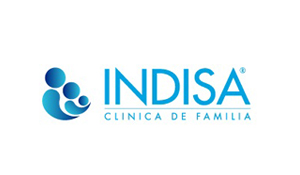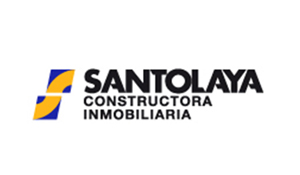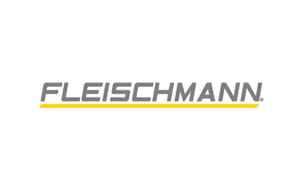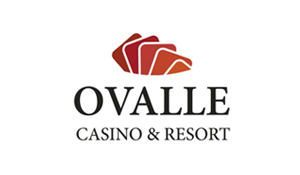Wish to include a brand new restroom to your property come early july? Perhaps it is time for you to replace that 20-year-old roof. Or even a sagging foundation requirements shoring.
Regrettably, renovating and house renovations are very pricey. Just just just How do you want to pay money for the job?
Numerous property owners in this case will decide for a true house equity loan to finance repairs or improvements. Exactly what in the event that you lack home equity? Perhaps you’re underwater in your home loan? Or simply you have got a manufactured house or perhaps home on leased land, which does not qualify as property?
You may find help via a HUD/FHA Title 1 home-improvement loan . The Title 1 program doesn’t require you to have built up any equity in your home unlike home equity loans or lines of credit.
The no-equity issue
Through the FHA Title 1 do it yourself loan system, home owners can be eligible for renovation loans as high as $25,000, without fretting about if they have sufficient equity to just just just take a home equity loan out or house equity credit line (HELOC).
Property owners need loans such as for example these because house renovation jobs are usually costly. In its 2016 price vs. Value report, Remodeling Magazine stated that an average is cost by it of $44,233 to incorporate your bathrooms to a house. Changing a roof costs the average of $20,142, while a good project that is relatively minor as changing a home’s siding costs the average of $14,100.
Most property owners do not have that form of cash lying around. So that they frequently move to house equity loans, tapping the equity they have developed within their houses for loans that they’ll used to pay money for improvements.
The task comes whenever property owners have no equity inside their domiciles. That isn’t that unusual. Numerous whom bought through the height of this housing growth are nevertheless “underwater” on the loans, owing more about their home mortgages than exactly what their houses can be worth today. CoreLogic stated that within the 4th quarter of 2015, 4.3 million U.S. property owners had been equity that is negative. That has been 8.5 % of most mortgaged residential properties.
What exactly can these home owners do? A HUD/FHA Title 1 do it yourself loan is just one good solution.
FHA Title 1 Do It Yourself Loans
Home owners can put on for Title 1 loans to finance a number of improvements with their house, small or big. In case the furnace conks away, you are able to make an application for a Title 1 loan to finance its replacement. You can use a Title 1 loan to fund that, too if you need a new roof costing $20,000.
Based on HUD (U.S. Department of Housing and Urban Development), you should use Title 1 loans to fund permanent home improvements that protect or increase the livability or functionality of your home. This can include necessary repairs such as for instance fixing a sagging foundation or alterations such as for example incorporating a 3rd bed room as the family members grows.
But, you can’t utilize Title 1 loans for luxury products, such as for instance setting up a fresh hot spa or pool that is swimming. It’s most useful to check on along with your loan provider to ascertain in the event the project that is planned is beneath the Title 1 system.
This sort of loan is practical for anybody dealing with a solitary, moderate home-improvement task. Also it’s a choice that is especially good your house has lost value because you bought it. That’s since you won’t have to worry about low or negative equity when trying to get these loans. Lenders don’t require that appraisers determine simply how much your house is today that is worth approving you for a Title 1 loan.
Getting a Title 1 loan
These loans can be found through banking institutions or other finance institutions which can be HUD-approved Title 1 loan providers (click the connect to find people in your town). The FHA (Federal Housing management) doesn’t originate these loans directly. Prices and costs that are closing differ among loan providers.
In line with the Department of Housing and Urban developing, property owners took away 5,548 Title 1 do it yourself loans in financial year 2014.
If you have formerly requested a home loan loan, you are currently acquainted with the applying procedure for a Title 1 home improvement loan. Your loan provider shall run your credit and could request evidence that one may repay the mortgage on time. This may imply that you will need to offer your loan provider with copies of the current paycheck stubs, bank-account statements, income-tax returns and W2 statements.
When you’re authorized for the loan, you need to repay with curiosity about regular monthly premiums.
They are fixed-rate loans, which means that your rate of interest will not fluctuate as time passes. Prices on these loans, just like with a mortgage that is standard differ dependent on a host of factors, such as the power of the credit.
It is possible to just simply take down these loans for the maximum term of twenty years for single-family domiciles and multifamily properties, if you can put on for the smaller term, too. And don’t worry about paying down your loan early; Title 1 loans come without any prepayment charges, to help you spend if off whenever you’d like without taking a hit that is financial.
Lending restrictions for a Title 1 loan
While Title 1 loans do not require any true house equity in advance, such a thing over $7,500 continues to be secured because of the collateral at home. The utmost it is possible to borrow is dependent on the anticipated boost in your house value as result associated with the improvements.
The maximum amount that you can borrow under the Title 1 program is $25,000 for a single-family home. If you should be tackling a home renovation that costs $50,000, you will not have the ability to fund the entire number payday loans of the task through the Title 1 system.
If you would like make renovations on a multifamily building, it is possible to just just take a Title out 1 loan all the way to the average of $12,000 per residing unit as much as a optimum of $60,000.
No security is needed for a Title 1 do it yourself loan of $7,500 or less, therefore the loan is not guaranteed by a deed or mortgage of trust on your own home. This is certainly a good bonus: in the event that you neglect to create your loan re re payments on time, for reasons uknown, your loan provider defintely won’t be in a position to pursue your house.
And also this means you should use a Title 1 loan for little house improvements on dwellings which are on leased land, such as most manufactured houses.
As these are not considered real estate, it could be hard to get a property equity loan in it.
But, invest the away a Title 1 loan for longer than $7,500, the mortgage must certanly be guaranteed by your house security. Once you repeat this, your loan provider can foreclose in your house if you do not make your monthly premiums.














Comentarios recientes